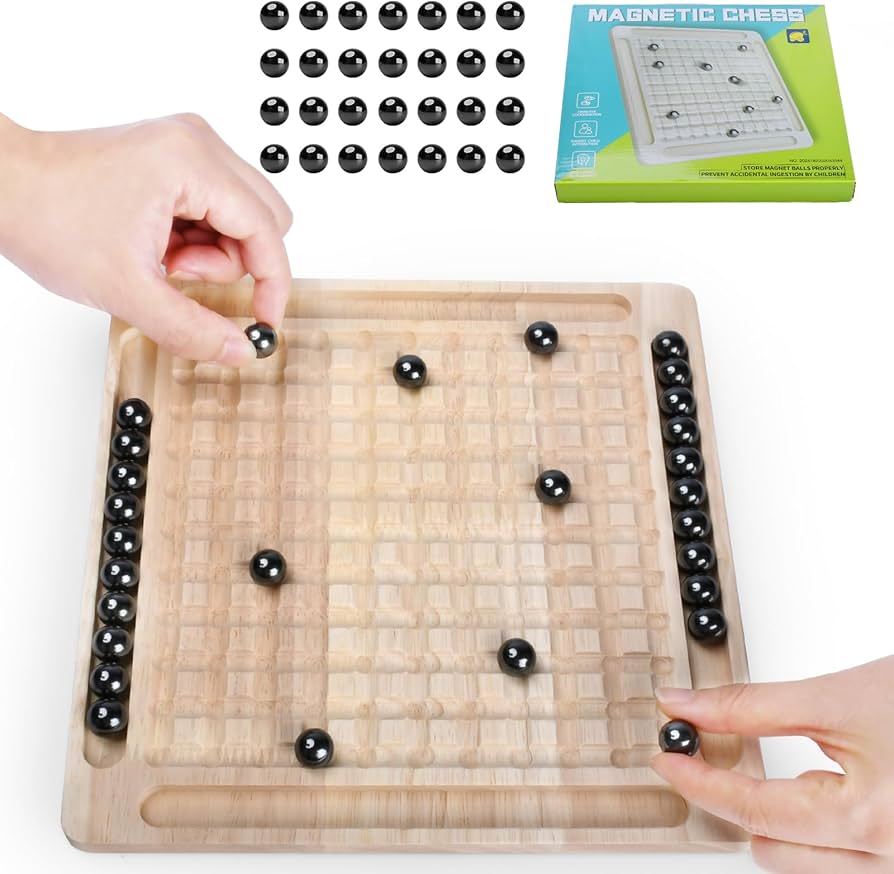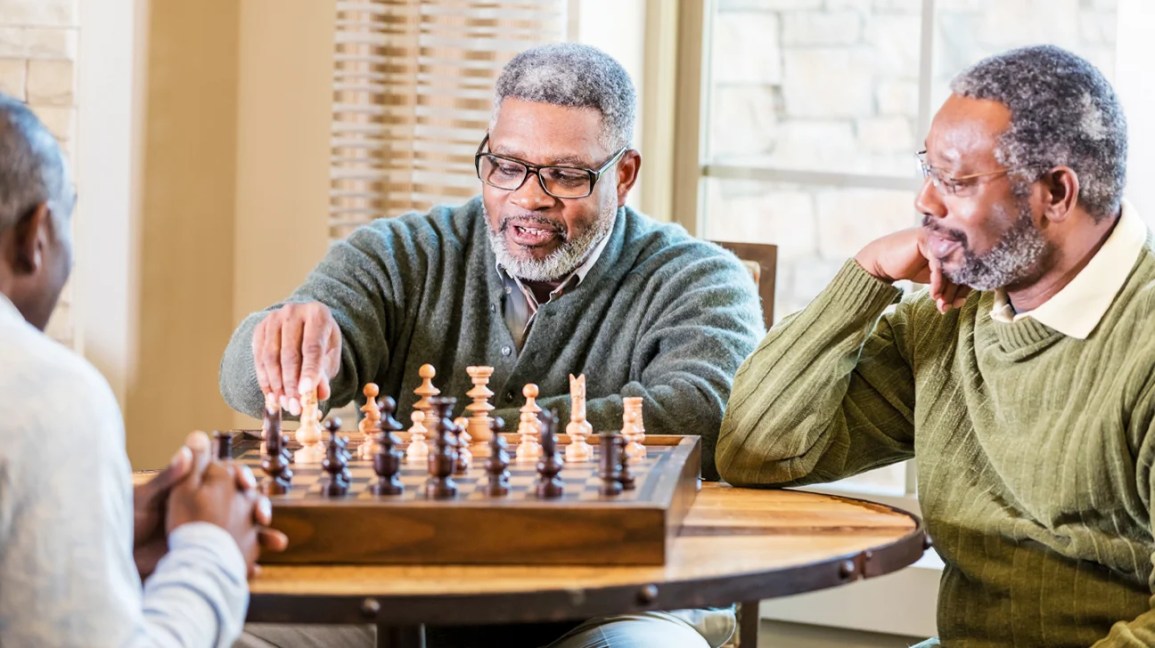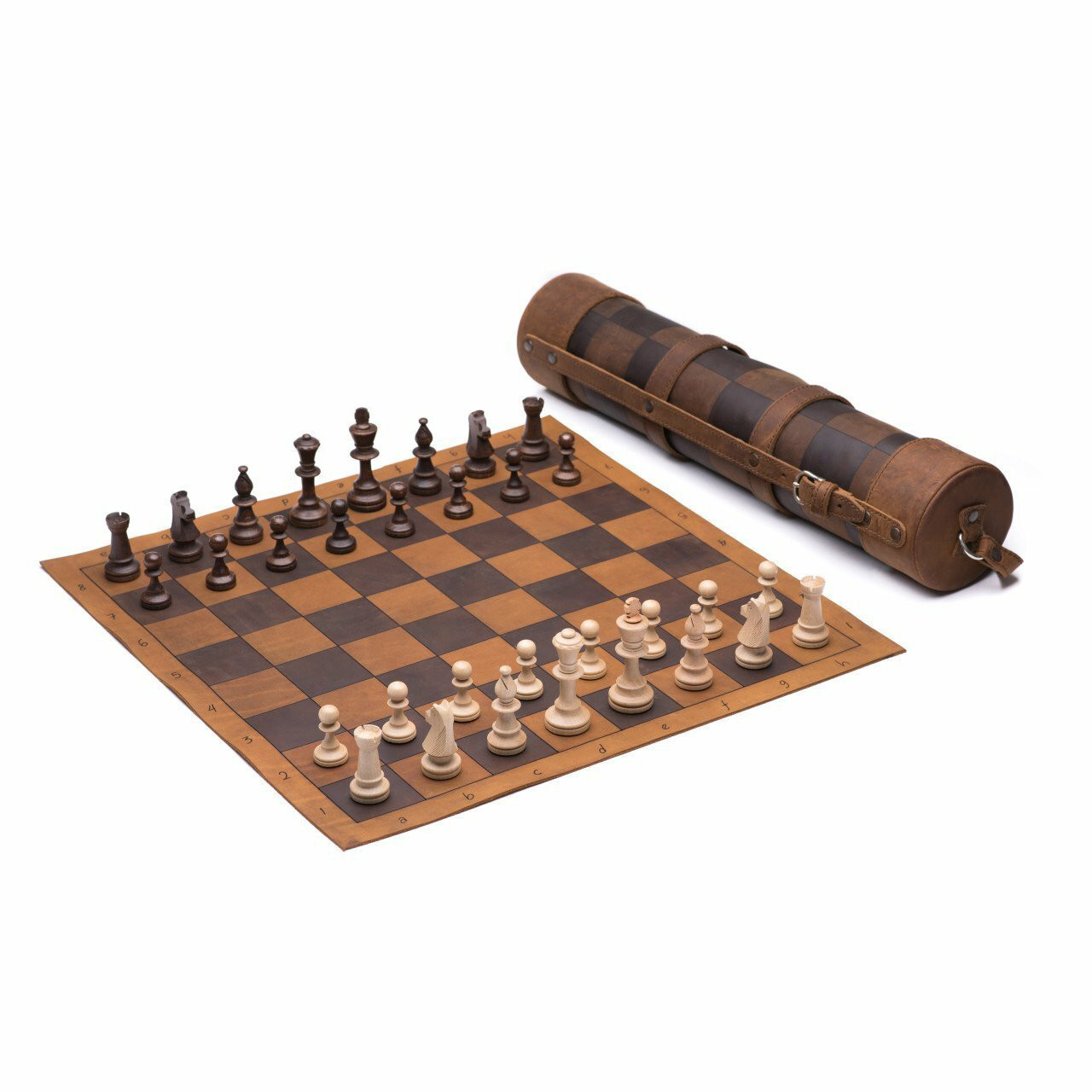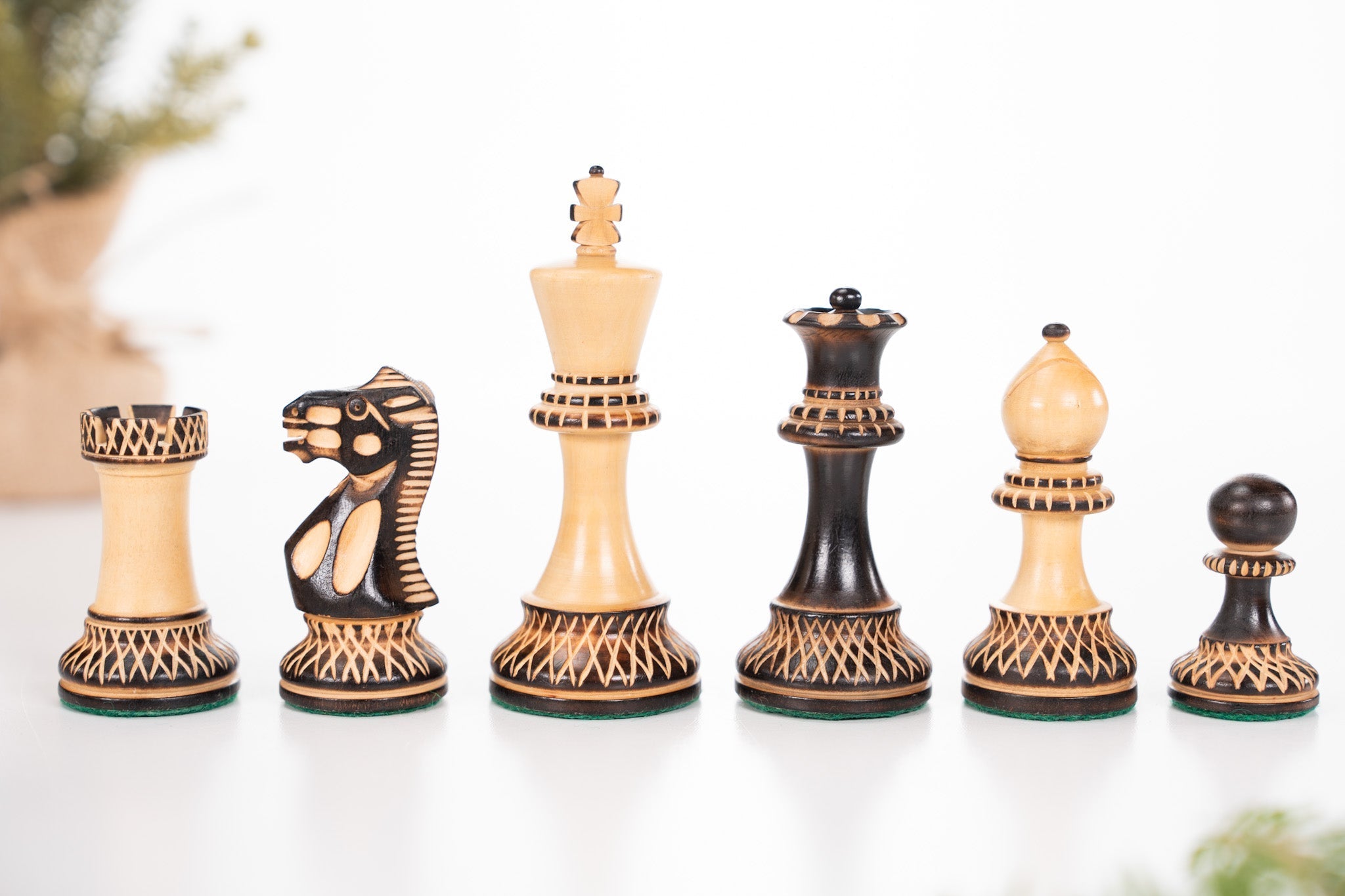Chess is a game of strategy. One important tactic is pinning. What is pinning? Let’s find out.
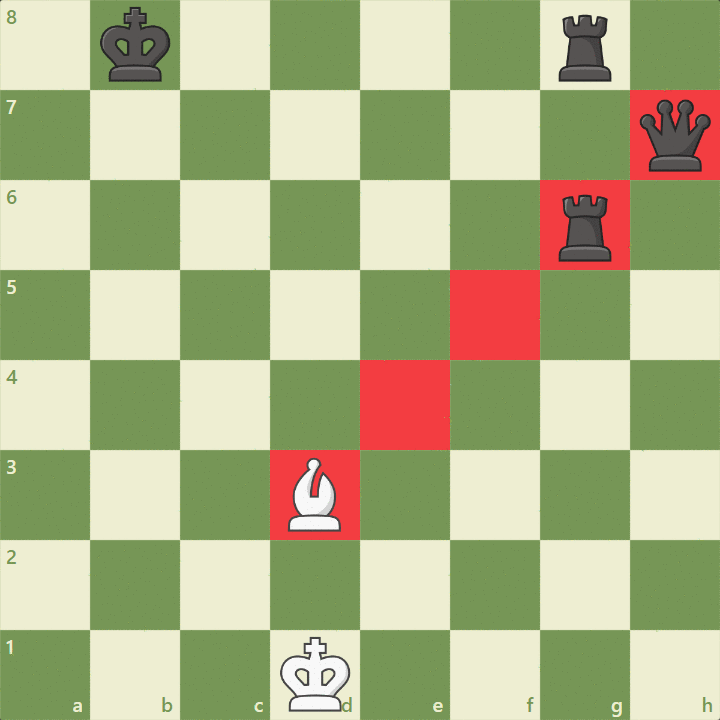
Credit: www.chess.com
Understanding Pinning
Pinning is a move that restricts an opponent’s piece. This piece cannot move without exposing a more valuable piece.
Types of Pins
Absolute Pin
An absolute pin occurs when the pinned piece is a king. The pinned piece cannot move at all. Doing so would put the king in check, which is illegal.
Relative Pin
A relative pin happens when the pinned piece is not a king. The pinned piece can move, but doing so may expose a more valuable piece to attack.
Examples of Pinning
Example 1: Pinning With A Bishop
Imagine a bishop pins a knight to a queen. The knight cannot move without exposing the queen.
This is a relative pin. The knight can move, but it risks the queen.
Example 2: Pinning With A Rook
Consider a rook pins a bishop to a king. The bishop cannot move at all.
This is an absolute pin. The bishop is stuck in place.

Credit: chessfox.com
Why Pinning is Important
Pinning can give you control. It can limit your opponent’s options. It can create opportunities for you to gain material.
Gaining Material
When you pin a piece, you can often capture it later. Your opponent has fewer ways to defend it.
Creating Weaknesses
A pinned piece cannot help defend other pieces. This creates weak points in your opponent’s position.
How to Create Pins
Using Long-range Pieces
Bishops, rooks, and queens are best for pinning. They can attack from a distance.
Positioning Your Pieces
Place your pieces where they can pin your opponent’s pieces. Look for opportunities to create pins.
How to Defend Against Pins
Move The Pinned Piece
If it’s a relative pin, consider moving the pinned piece. This might sacrifice a less valuable piece.
Protect The Pinned Piece
Defend the pinned piece with another piece. This can make it harder for your opponent to exploit the pin.
Counterattack
Look for ways to counterattack. This can distract your opponent and reduce the impact of the pin.
Conclusion
Pinning is a key tactic in chess. It can limit your opponent’s moves and create opportunities for you. Practice pinning and defending against pins. This will make you a stronger chess player.
Frequently Asked Questions
What Pieces Are Best For Pinning?
Bishops, rooks, and queens are best. They can attack from a distance.
Can A Pawn Pin Another Piece?
No, pawns cannot pin. They only attack diagonally and move forward.
What Should I Do If My Piece Is Pinned?
Consider moving the pinned piece if it’s a relative pin. Defend the pinned piece or counterattack.
Why Is Pinning Important?
Pinning limits your opponent’s options. It can help you gain material and create weaknesses.

